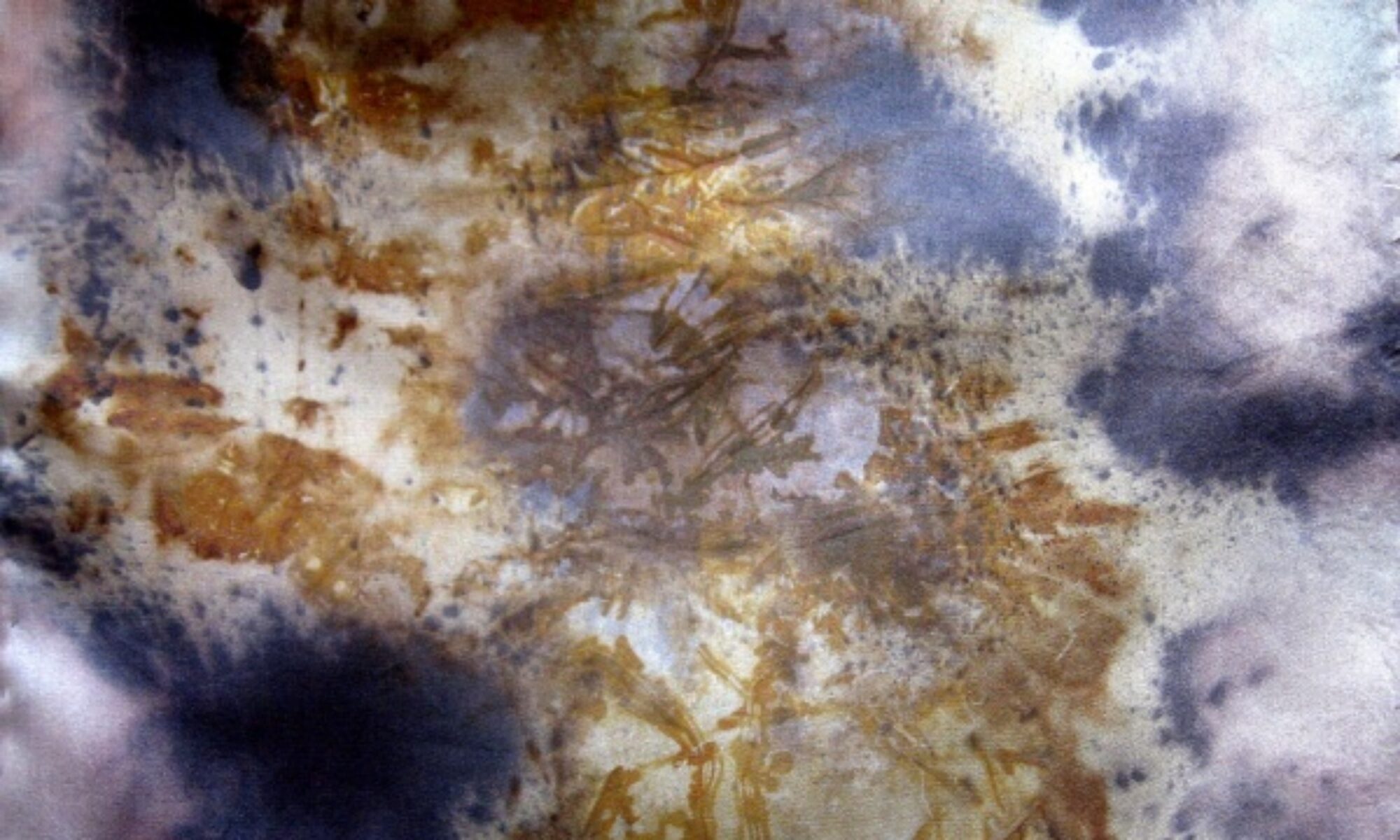Pays Dogon was a unique experience!
After enjoying five nights in the luxury of hotels in Bamako and Mopti, we headed out to sleeping bag territory. Very fortunately we were able to leave some of our luggage at the Mopti hotel. Also very fortunately, we were able to have porters carry what was necessary for three days/nights in the Dogon* while we each had day-packs that mostly held first aid supplies, sunscreen, mosquito spray, cameras and the ever-present water bottles.
The porters headed off at a brisk pace. I think they took a shortcut.
We went at a more modest pace, enjoying the landscape and the villages we walked through. We were joined by children and women also heading to Nomburi – they intent on the weekly marketplace there, we for our overnight lodging. The Dogons quickly left us in the dust, literally.
Before long we were going down. Rapidly. When village women passed us, they laughed at our slowness and clumsiness on the path. THEY were barefoot going down the rocks. Plus had heavy loads on their heads. More power to them! It was all we could do to keep our footing and find the next good spot to land.
Nomburi’s marketplace was small compared to the markets in Bamako, but congenial. Not much in the way of cloth, though, as it was mostly produce being sold.
Lunches and dinners were overseen by our guide to make sure they were made safely for us – bottled water and fresh meat. There was couscous or rice or spaghetti, a lovely sauce of onions/other veggies/and can’t think what else now, and some sort of meat – beef, goat or chicken. Very hearty and filling. Heaping plates were given (it would be discourteous to refuse to take a lot) and any leftovers (including off our plates) were collected and given to the children.
That night on top of the roof in the chief’s compound, the sky was brilliant – at first with a half moon and then blazing with stars. It was fun picking out the constellations as they were in slightly different spots than we normally see at home.
The morning wake-up call came early – in the form of roosters and donkeys. And then the call to prayer from the imam. If you weren’t awake by then, you had really good earplugs!
Actually, getting up before dawn was a good thing as it got hot quickly. The locals complained of the cold – after all, it IS their cold season now since it only gets up to 90F and maybe as low as 68F. They often wore heavy jackets and knit caps for most of the day. We, on the other hand, were ready to shed our clothes by 9am. We could’ve gotten rid of tops without any problem but needed to keep our legs covered.
A couple of the group lucked out and had the oxcart experience to Tireli while the rest of us did some up and down trekking to that village. We arrived in Tireli with enough time to do a bit of shopping and showering in the guest compound and to experience the Dogon Masked Dancers before evening. The evening got a bit chillier and we actually had to bundle up a bit in our sleeping bags. No worry about mosquitoes, though!
We shared the compound with travelers from France and Italy and had steps up to the rooftops. It was a full house – some visitors had to camp out in the plains outside the compound.
As part of our luggage, we had all chipped in on supplies for the villagers (first aid and school items). We presented some of these to the chief that evening after a late dinner. He apparently was impressed enough that he gave each one of us with a necklace the next morning before we left.
This day was all flat trekking. Our mid-morning stop was at the crocodile pond in Amani where we got to see the chicken sacrifice to the crocodiles. Some of us watched…
Then on to our final stop at Ireli. The chief’s compound here, as in Tireli, was on the plains while the village itself was into the hillside. Ireli being the official World Heritage site, the compound was a visitor’s delight with an actual sink in the restroom area, two overhead water drum showers and two toilets with seats. We opted out of using the rooftops that were only accessible by tree ladder and slept on the roof tops that had steps climbing to them.
An evening presentation of gifts to the local midwife was received with such gratitude that she invited us to see her clinic. Small, dusty, and lit by only a few bulbs, she was proud of what they had in the way of equipment (maternity stuff) and medicines. She also knew they needed more. She and a male helper made monthly rounds to the villages dispensing vaccines and other meds as needed.
Up early again and on our way out of the Dogon. Several of us opted for wheels and jounced their way to the top in a 4-wheel vehicle. The rest of us hoofed it up the rocks. So much easier going up than down! We followed the porters who again had our luggage – they waited patiently along the way for us to catch up.
Sangha, at the top of the escarpment, was a pleasant respite where we lunched, shopped and saw a bit of the village. The ride back to Mopti was a bouncy, jarring affair – the roads were dirt, rutted and uneven until we hit the main one.
Hot showers and a swimming pool in Mopti were delicious. The experience and memory of Pays Dogon was, and remains, intense.

